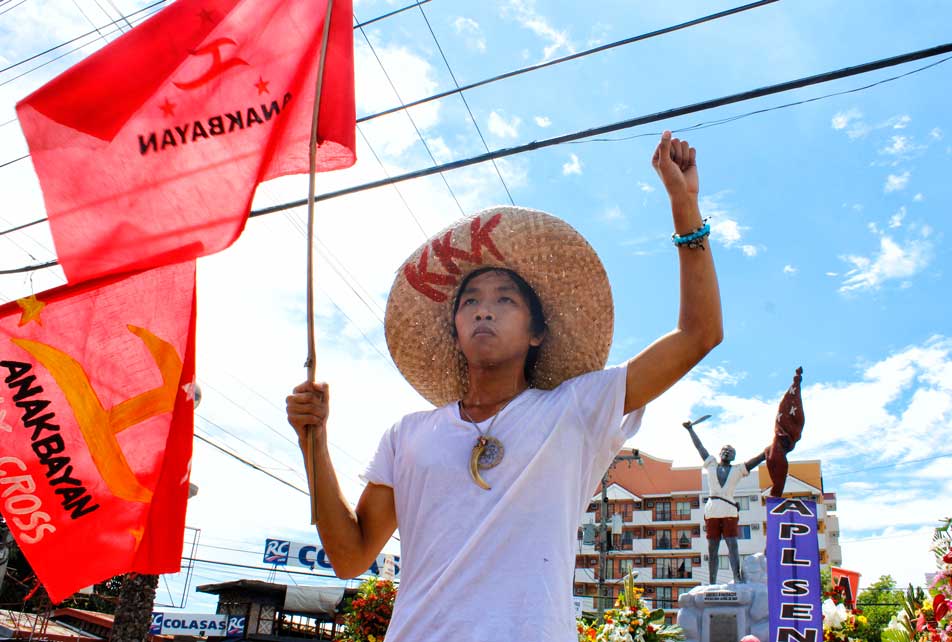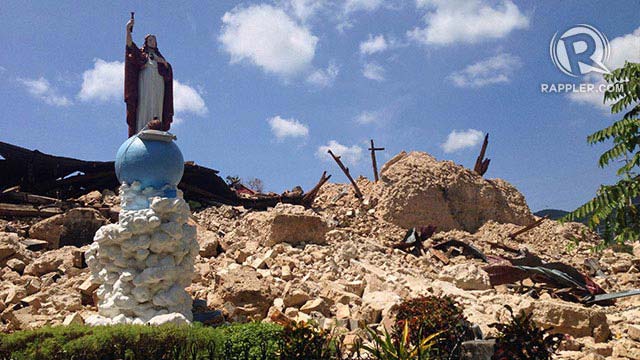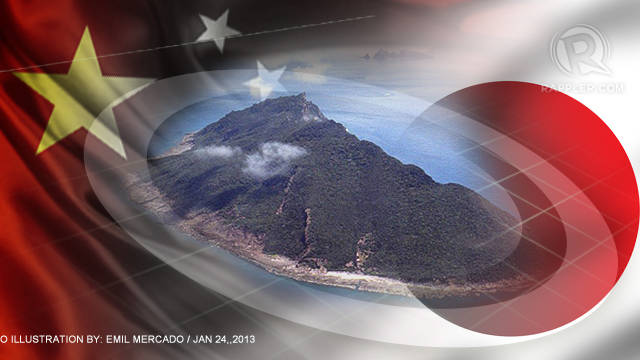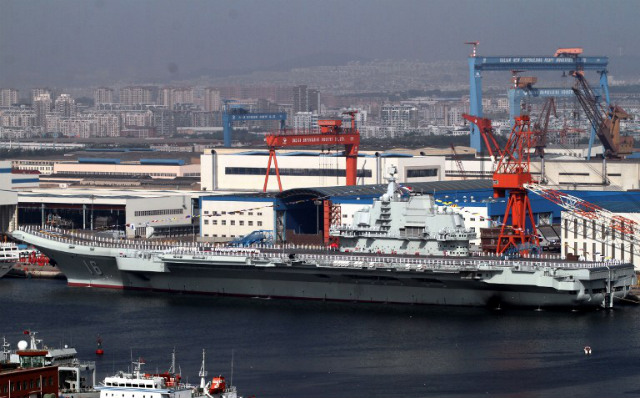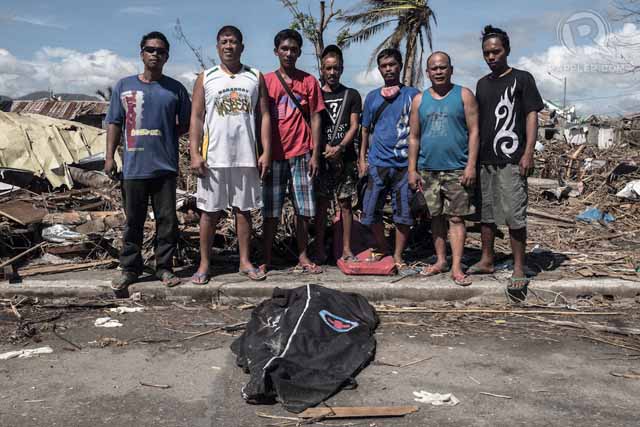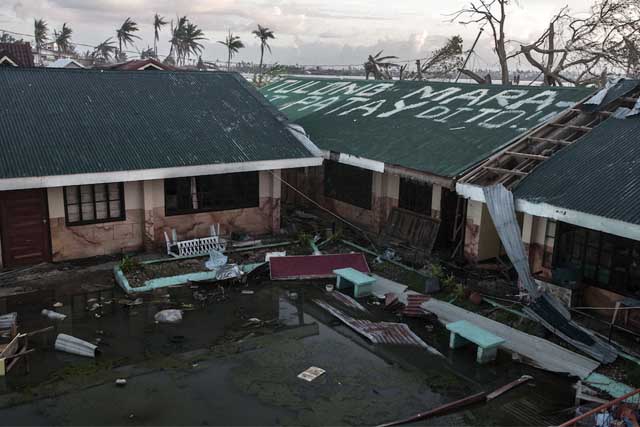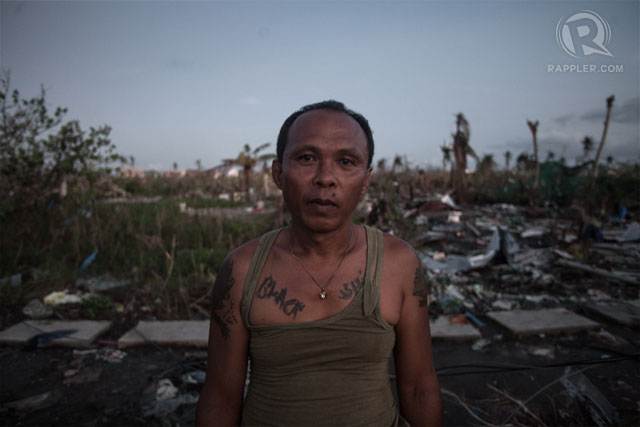On the night of October 3 a beat-up, unseaworthy freighter left a dock in Tripoli, on the Libyan coast, carrying a human cargo of 500 migrants. Almost all had made an arduous overland journey from Eritrea and Somalia, through North Africa. This trip across the Mediterranean Sea was the last leg that would bring them to Europe.
The ship limped across the strait towards the southernmost piece of Italy, Lampedusa -- a small island closer to Libya than to Sicily. It never made it. In sight of the islet of Conigli its engines quit and it began to take on water. Passengers panicked. One set a blanket on fire to signal for help from shore or a passing boat. But the flames spread to the engine's spilt fuel, which exploded. People ran from the blaze, and their shifting weight capsized an already old unsteady vessel. They were thrown into the sea.
Most couldn't swim. They could see the lights of Lampedusa, but they couldn't get to them. Only 155 were able to tread water long enough to be finally picked up. The other 359 people drowned, many of them children.
The migrants on the capsized ship are part of a huge wave of people trying to cross the Mediterranean to Lampedusa, many of whom die in the attempt. In October alone, the Italian coast guard rescued 200 migrants from another boat on the 7th. Thirty-four more drowned when their boat capsized on the 11th. On the 15th the Italian navy pulled 290 from the water, while a Panamanian merchant vessel picked up 80 from a large raft. And on the 24th Italian navy and coast guard ships took in 705 people from five boats. Malta's prime minister, Joseph Muscat, exclaimed to journalist Gwynne Dyer that "we are building a cemetery within our Mediterranean Sea.”
On Lampedusa, the shipwrecked survivors felt far from home, having faced death in a world that hardly knew their names. They met with Italian authorities and applied for asylum. But their first request was to identify the bodies of the dead, and then to return 40 of them to their families in Eritrea. The Italian government promised funeral services for the rest, but they were quickly buried in Sicily without them.
The reputation of the Mediterranean over the past decade as a "sea of death" is not unlike that of the U.S. Mexico border, which people also die trying to cross. An NGO that tracks the drownings, Fortress Europe, says 6,450 died in the channel between Sicily and North Africa between 1994 and 2012. According to the U.S. Border Patrol, 5,570 people were found dead in the desert between Mexico and the U.S. from 1998 to 2012.
The similarity in numbers highlights the global nature of migration and its often-deadly consequences. And as in the U.S., a hot debate in Italy over immigration policy has grown even more polarized in the wake of these tragedies. Many Italians express sentiments like those of Woody Guthrie, who sang of the migrants falling from an airplane deporting them to Mexico when it exploded over Los Gatos Canyon in 1942: "Who are all these friends, all scattered like dry leaves? ?The radio says, 'They are just deportees.'"
Lampedusa residents, outraged at the continuing deaths, protested outside city hall when Italian and EU officials visited after the latest tragedy, shouting "Assassins!" and "Shame!" Lampedusa mayor Giusi Nicolini said islanders had offered to open their homes to the survivors, and were angry at the scarcity of resources given to rescuing and sheltering them. "I got there two days after the drownings," said Italian journalist Vittorio Longhi in an interview later in October. "The reception center was built to hold 250 people, but there were over a thousand living there.” He found many sleeping outdoors on the ground, with no water.
But Lampedusans and survivors also told him another disturbing fact, one that highlights a hotly debated issue in migration policy -- the criminalization of the migrants themselves. When the burning ship was sinking, survivors say they saw two fishing boats pass by without stopping. " This isn╒t a surprise," Longhi charges. "Since the criminalization of illegal immigrants was introduced in 2009 fishermen fear being accused of aiding and abetting them. They used to help people in trouble out in the ocean, but often they don╒t any longer."
The migrants themselves were terrified, he recalls, that they would be turned away and deported: "They knew the law says they might be prosecuted as illegal immigrants." When Italy had an earlier left wing government, under the "Olive Tree" coalition at the end of the 1990s, it passed a law saying that people with a sponsor could come to Italy and search for work. After only four years, however, the left lost power and the "Bossi Fini" law repealed that provision in 2002, and cut quotas for legal migration. Then under the government of Berlusconi and the Northern League in 2009 illegal entry into Italy was made a criminal offense.
As Guthrie's song goes, " Some of us are illegal, and some are not wanted..."
It's no wonder, then, that the shipwrecked migrants, if they are granted asylum, want to leave Italy. Many have families in Sweden, which offers more help and tries to integrate them into Swedish society. In addition, unemployment is high in Italy, so migrants try to go further north where finding jobs is easier. But to do that, they have to gain entrance into the EU. Lampedusa is their chosen gateway, the place where they therefore apply for asylum.
Under the Schengen Agreement, people can move freely from one country in the EU to another. There are no internal border controls. But boats and planes continuously patrol the EU's periphery, like the Mediterranean Sea, to keep non-EU citizens from entering without permission. Those caught at the border can be detained and sent back, if they apply for asylum and are rejected.
Each EU country has its own asylum application process, and can decide who is allowed to live and work legally within its borders. Legal residence is required to hold a normal job in almost all of them. As in the U.S., millions of people without papers therefore sell things in the street to survive, or work in low paid jobs under the table.
Despite the danger, Longhi is sympathetic to the Eritrean migrants' motivation in leaving home. A part of his family left Eritrea after 1993, after the country became independent. "Our liberators became our oppressors," he recalls. "The repression got worse and worse, and free thinkers had to go. I have cousins now in Sweden -- other journalists who were also forced to flee."
Migrants from Eritrea and Somalia shouldn't really be seen as strangers, Longhi says. ╥We owe something to these people,” he asserts. "They╒re mostly coming from former Italian colonies - Ethiopia, Eritrea, Somalia and Libya. Their colonial status may have ended a long time ago, but the connections forged then did not disappear."
Italian businessmen, he says, have extensive ties to the Eritrean government. Italy's previous Berlusconi administration encouraged companies, including the Berlusconi family business, to invest in a new harbor in Massawa on the Red Sea. Their support helps a repressive government stay in power, and repression and poverty are major reasons why people leave. "Economics and politics are connected," Longhi says. "People are fleeing food crisis, drought, impossible economic conditions, especially high unemployment. They have no hope for the future and see no chance of development. Where there╒s no development, dictators have more power. They govern with more repression, which then produces more asylum seekers.”
Most refugees are young, fleeing compulsory military service that starts at 17. By the time they're 25 or 26 years old many have been in the army for 5 or 6 years, caught in a grinding decades-long war with Ethiopia. Ethiopian refugees have been fighting in Somalia, and Somalis against them, or against the militias in that country's civil conflict. "Almost all say there╒s no end to military service," Longhi reports.
Laura Boldrini, speaker of the Italian Chamber of Deputies, believes "this problem [of migration and drownings] has to be solved in their countries of origin. Young people leave because there╒s no safe life for them, no rights or freedom. Because of these huge problems, an entire generation is being forced to leave. When you╒re fleeing war and the abuse of human rights, you╒re not scared of the repercussions in the countries you╒re going to. You feel you have nothing to lose.”
In other words, the fact that they might die crossing the sea, or have their asylum claims denied and face deportation or an illegal status in Italy, is not a deterrent to hundreds of thousands of migrants who have come seeking work and greater freedom. Italy, with almost 61 million people, has 4,463,413 migrants, up from 1,428,219 in 1990. Conservative estimates say that about a million have no legal status.
The Italian debate over making lack of legal status a crime echoes the debate in the U.S. over similar proposals, as well as over the value of building walls on the Mexico border and deporting 400,000 people a year. These haven't deterred migration either. From 1994, when the North American Free Trade Agreement went into effect, to 2008, the number of Mexicans living in the U.S. rose from 4.6 to 12.6 million. Heavy immigration enforcement didn't stop young people who were unable to survive in Mexico because of the impact of economic changes and trade agreements, any more than it stopped young people fleeing war and unemployment in Eritrea.
Boldrini, who was the spokesperson in Italy of the U.N. High Commission on Refugees before being elected speaker in parliament, noted in an interview in early November that the migration by boat across the Mediterranean is only part of the flow of migrants into Italy. She estimates that over 80% of those lacking legal status come on tourist, student or other visas, and then stay after they expire. Because they can't work legally, they're forced into the underground or informal economy.
"Based on my previous experience," she says, "I think our law has to be reconsidered. The position of the Northern League [the primary party in the previous Berlusconi government] was to make irregular migration a crime, and to cut drastically the permits for legal migration. But if the objective of criminalizing people was stopping migration, it has failed. It wasn╒t a deterrent. People keep coming."
Migration is linked to globalization, she emphasizes. "The Bossi Fini law doesn╒t allow anyone to enter without having already been hired. That just encourages illegal immigration, where people enter with tourist visas, start to work, and wait for a moratorium. It╒s not realistic."
She suggests other changes as well in European policy towards amnesty applicants. In the last ten years, the EU has subcontracted border control to transit countries, mostly in North Africa. Many have set up detention centers and camps to prevent people from launching themselves in boats across the ocean. "We need to make sure that in transit countries the right to asylum is enforced," she says. "The EU countries should take part in the UNHCR resettlement programs, offering asylum to a number of refugees already screened by the UN agency in North Africa transit countries. Such a system would prevent deaths at sea and allow sharing and distributing refugees more fairly among EU member states."
In 2012 about 330,000 people applied for asylum in the EU, 30,000 more than the year before, but they had to get there to do it. Two thirds of the applications were made in Belgium, Britain, France, Germany and Sweden. On the other hand, the EU countries on the Mediterranean bear the costs of rescuing and housing the migrants crossing it. At the last European council meeting, held after the October 3 disaster, Croatia, Greece, Italy, Malta and Spain (all suffering the impact of EU austerity policies) demanded help in meeting those costs.
They didn't get a very sympathetic reception. JosÄ Manuel Barroso, the president of the European Commission, told the press: "We must all do more to prevent tragedies like this [but] there are no magic or immediate solutions, and we need to be realistic.” Nicolas Beger of Amnesty International responded, "Not one single measure mentioned in the council conclusions will prevent further loss of life in the Mediterranean Sea. Instead, the proposed measures focus yet again on enhanced border surveillance, which will simply lead to people taking riskier routes to reach Europe.”
With the number of migrants growing, Italy and the European Union need to take into account the realities faced by immigrants, rather than criminalizing their status or treating their movement as a security threat. Meanwhile, "Lampedusa will keep doing its part,” the island's mayor Giusi Nicolini told reporters, after the survivors of the capsized ship were plucked from the water. "But we need to think of new ways for migrants to seek asylum before they get on the boats.”
Guthrie's song ends in a recitation of the deaths of the migrants of his era:
"We died in your hills, we died in your deserts,
We died in your valleys and died on your plains.
We died 'neath your trees and we died in your bushes"
And if he'd lived on Lampedusa today, he might have changed his last line a little:
"Out there in the ocean, we died just the same."#


